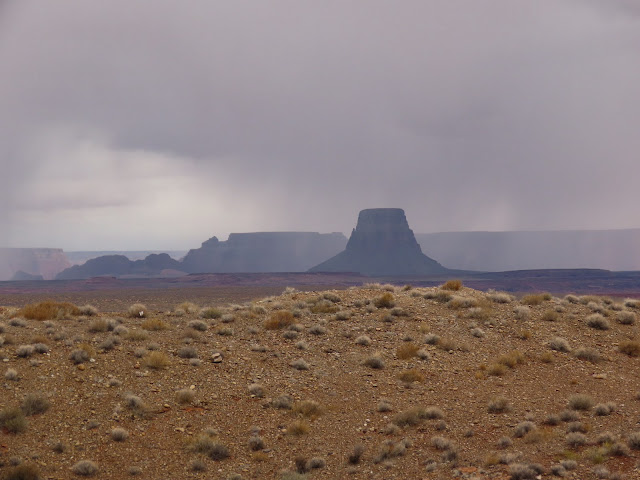The White Church or Wieskirche is located in Steingaden, Weilheim-Schongau district, Bavaria, Germany and it is one of the most important places of pilgrimage in Southern Germany. Here is a description of the place from Wikipedia: Wieskirche.
The Pilgrimage Church of Wies (German: Wieskirche) is an oval rococo church, designed in the late 1740s by brothers J. B. and Dominikus Zimmermann, the latter of whom lived nearby for the last eleven years of his life. It is located in the foothills of the Alps, in the municipality of Steingaden in the Weilheim-Schongau district, Bavaria, Germany.
It is said that, in 1738, tears were seen on a dilapidated wooden figure of the Scourged Saviour. The legend of this miracle resulted in a pilgrimage rush to see the sculpture. In 1740, a small chapel was built to house the statue but it was soon realized that the building would be too small for the number of pilgrims it attracted, and so Steingaden Abbey decided to commission a separate shrine. Many who have prayed in front of the statue of Jesus on the altar have claimed that people have been miraculously cured of their diseases, which has made this church even more of a pilgrimage site.
Construction took place between 1745 and 1754, and the interior was decorated with frescoes and with stuccowork in the tradition of the Wessobrunner School. "Everything was done throughout the church to make the supernatural visible. Sculpture and murals combined to unleash the divine in visible form".
There is a popular belief that the Bavarian government planned to sell or demolish the rococo masterpiece during the secularization of Bavaria at the beginning of the 19th century, and that only protests from the local farmers saved it from destruction. Available sources, however, document that the responsible state commission clearly advocated the continuation of Wies as a pilgrimage site, even in spite of economic objections from the abbot of Steingaden.
The Wieskirche was added to the UNESCO World Heritage List in 1983 and underwent extensive restoration between 1985 and 1991.















